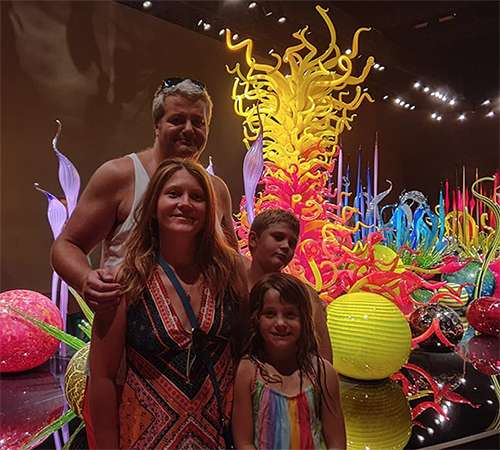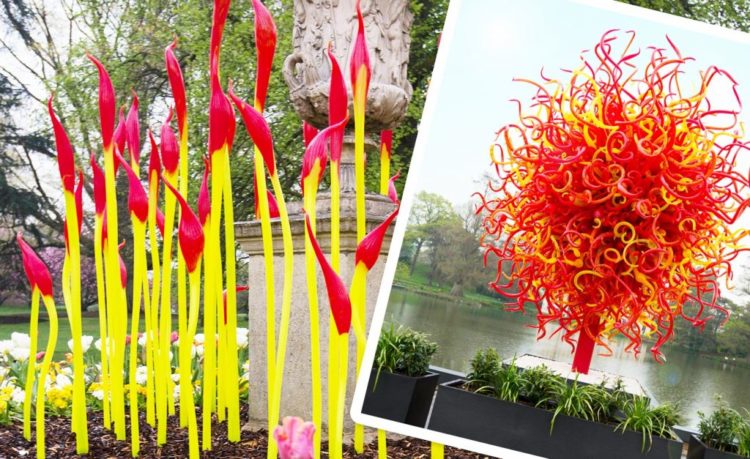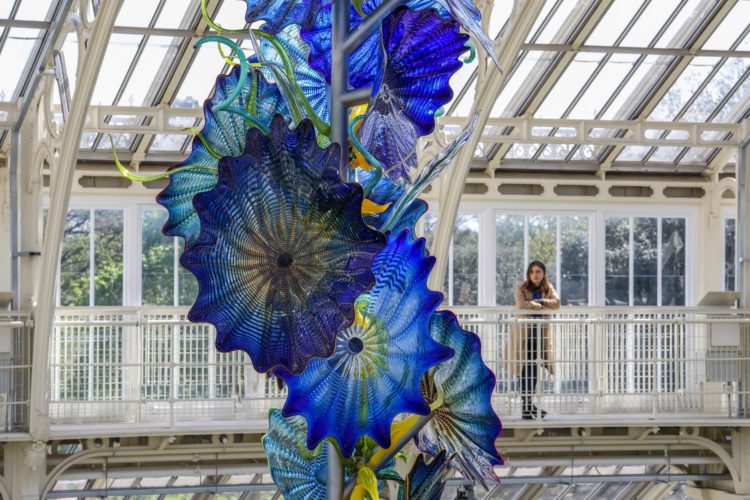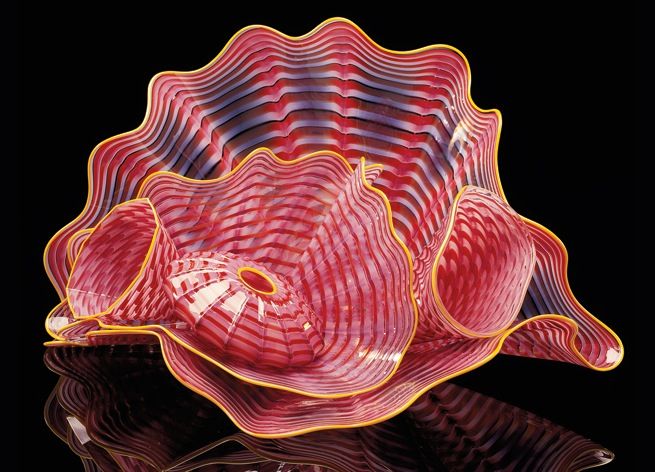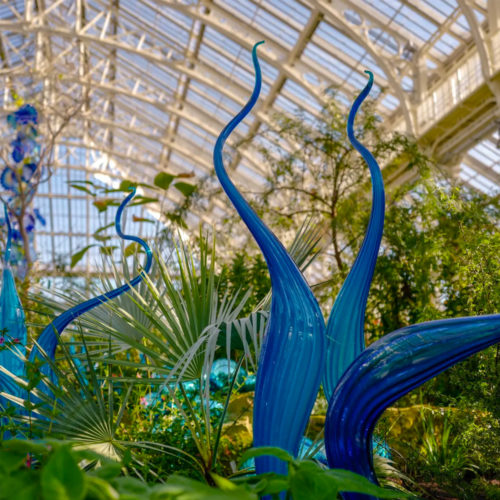The beauty and versatility of glass as an artistic medium have inspired artists over the centuries. In fact, glass sculptures dating back to ancient Egyptian times have been found. Many of those centuries-old methods are still in existence today. Modern-day glass artists have added to and modified these original ways of working to create incredible glass art sculptures.
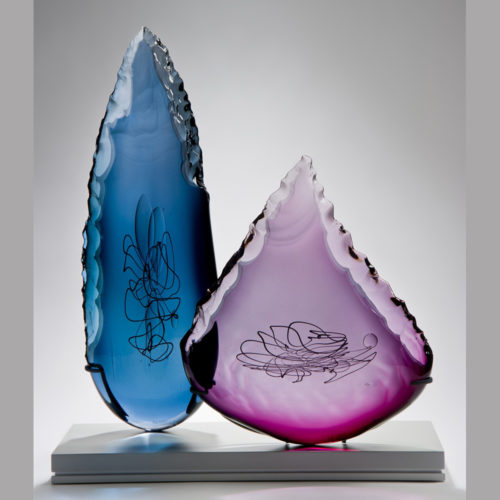
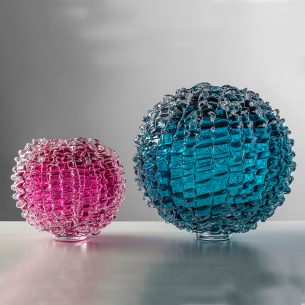
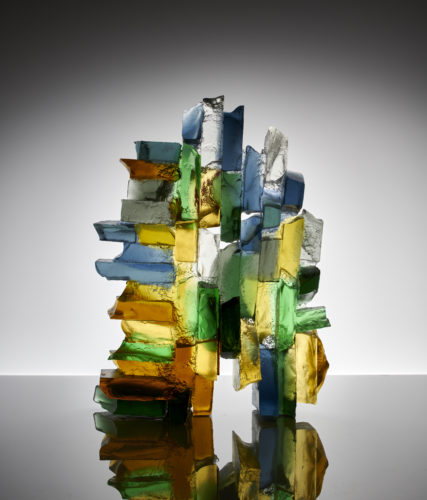
Creating Art Glass Sculptures
Glass sculptures come in all sorts of shapes, sizes, and colours. Ranging from weird to wonderful and everything in between. Some defy gravity and beggar belief! The processes and skills required are technical and often physically demanding. Working with hot glass and a furnace, for example, certainly makes for thirsty work!
Some of the techniques used include:
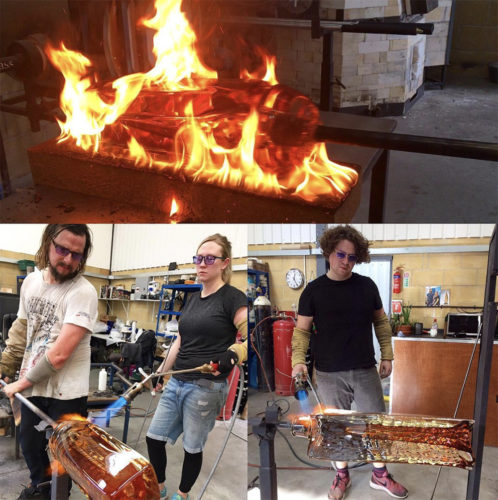
Cold working: As the name implies, this is the process of working with glass in its cold state. The artist may use cutting, grinding, sandblasting, and polishing to achieve their final vision for the piece.
Cast Glass: This is a method whereby molten glass is poured or directed (cast) into a pre-made mould and allowed to cool, after which the mould is broken away. Modern cast glass is formed by kiln casting or casting into sand, graphite, or metal moulds.
Glass Blowing: Glass and various other elements are combined and melted in a furnace onto a blowpipe. The artists then use air blown into the pipe and a range of quick hand movements to shape the molten glass to their desired shape before it cools. It’s a tricky process and if things are not done just right the glass will crack or break.
Hot sculpting: This is similar to glass blowing in that a metal rod also gathers the molten glass but this time no air is used to blow the glass. Instead, various different tools are used to shape the hot glass into the desired sculpture.
Glass Sculptures for Interiors
Glass art sculptures have become increasingly popular for home, hotel, and office interiors. They can be powerful and majestic, yet subtle enough not to overpower a room. They make great centrepieces for the dining table, mantelpiece, or shelf and help balance a room.
Lighting impacts how we perceive many artworks, including paintings and metal sculptures. However, the way in which light affects glass art sculptures is entirely different and often magical. This is due to both the reflective and refractive properties of glass and the 3D structure of the sculpture. The types of facets, grooves, the different colours of the glass, etc., all will affect the sculpture so that its effect changes with your viewpoint. As the light changes, so do the dynamic of the piece and the projection of light that it gives out.
There are far too many amazing glass sculpture artists out there who exploit the optical effects of glass in their sculptures to list here. But we will give special mention to Jack Storms (USA) and Tim Rawlinson (UK) as glass artists who are especially passionate about the reflective and refractive qualities of glass.
Jack Storms is famous for the achingly laborious glass-making process that combines lead crystal with dichroic glass turning it into a finely-honed series of reflective mirrors. This piece serves as the centre of each piece, which is wrapped in optical glass to create a glorious rainbow of colour.
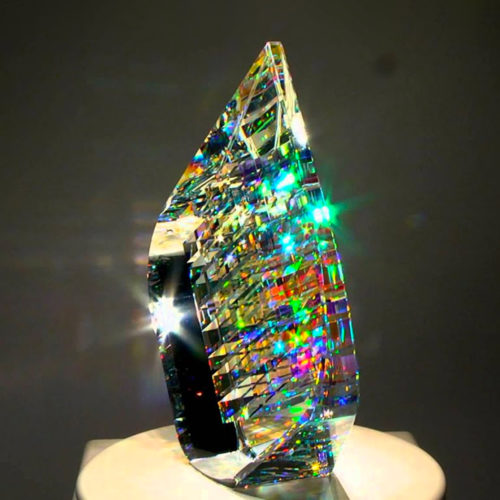
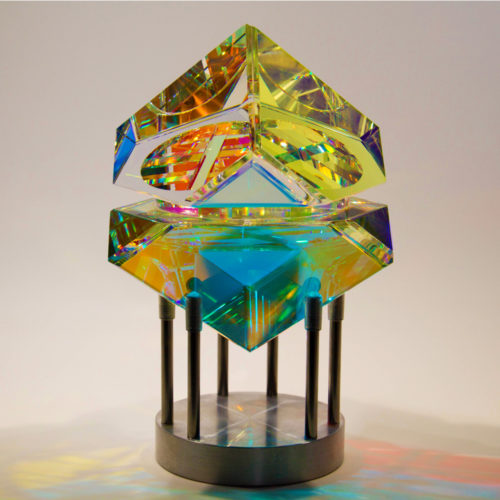
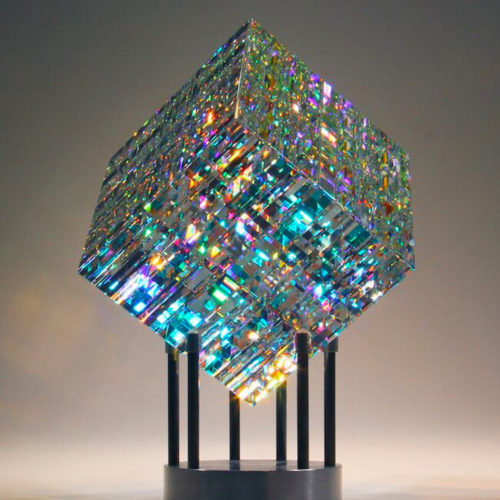
Tim Rawlinson is also passionate about the way light works with glass. How it excites the glass and transforms it, altering the mood of the piece depending on the lighting. In fact, he purposely puts light within the title of his artwork as it’s such a critical factor.
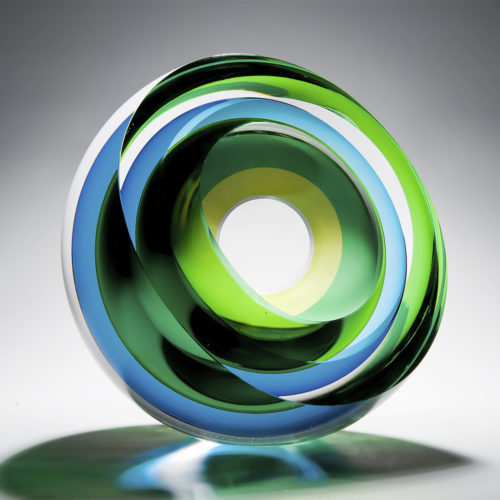
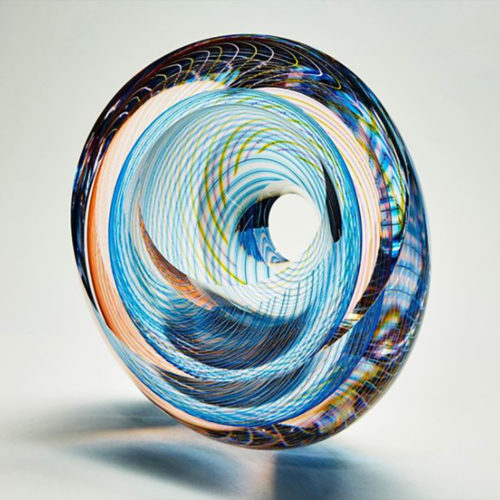
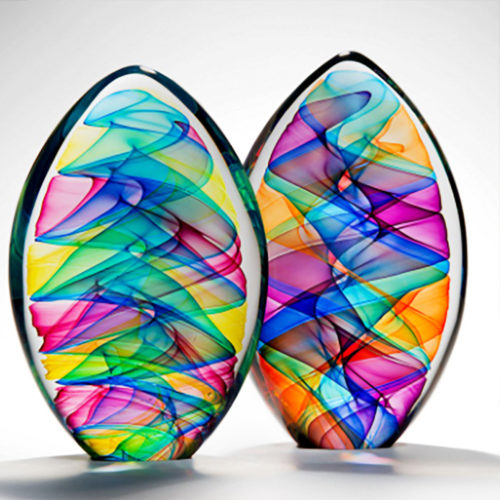
Giant Glass Art Sculptures
Alongside the rising popularity of glass art sculptures in the home, glass artists have been commissioned to create grand installations for museums parks etc. Indeed, many of these incredible glass art sculptures can be seen around the world today as permanent as well as temporary exhibitions.
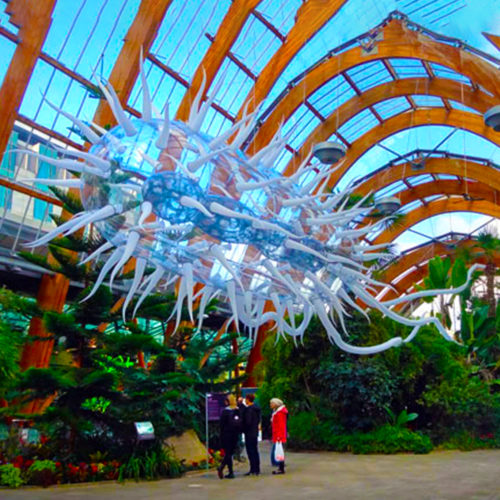
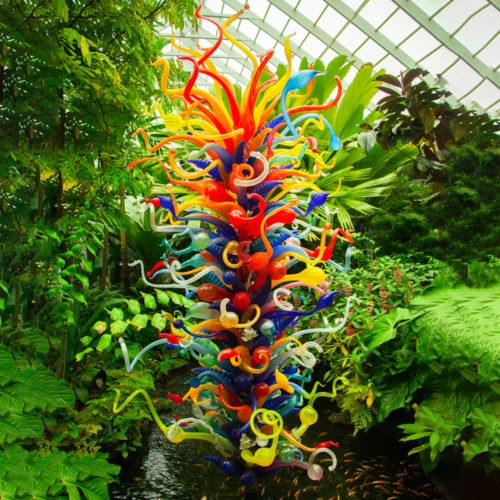
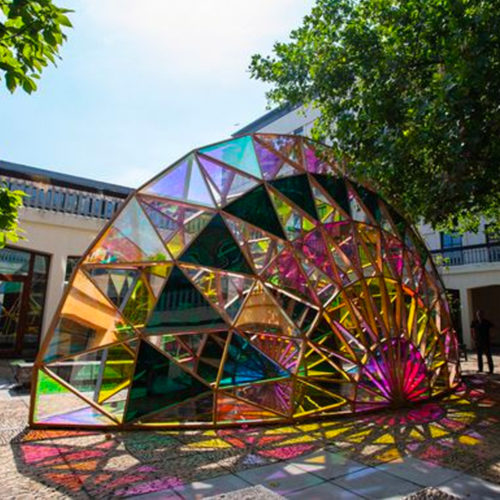
Of course, we can’t have a blog about glass art sculptures without mentioning the great Dale Chihuly. Dale is considered to be the greatest glass artist alive today. His glass art is quite simply breathtaking.
His bold, flamboyant, and incredibly intricate glass sculptures are globally revered and recognised, winning numerous awards recognising his work and his contribution to glass artistry.
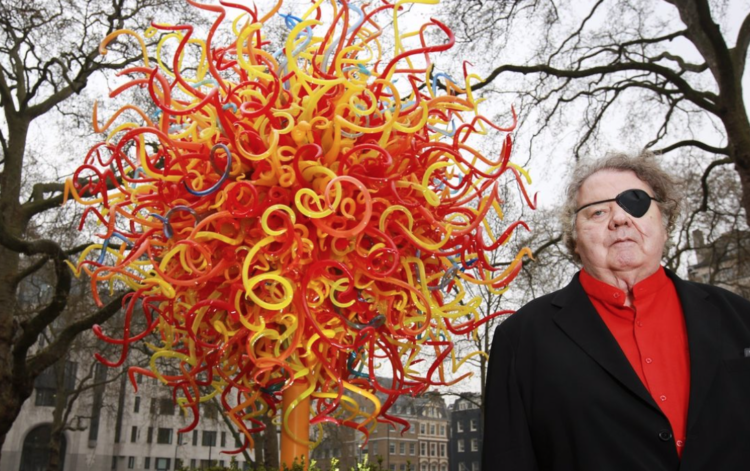
Large-scale architectural installations are a prominent feature of Dale’s work. His love of glasshouses resulted in exhibitions in botanical settings. In these locations, his giant glass sculptures mingle amongst the flora to a wondrous effect. Some say it’s the perfect marriage of art, science, and nature.
